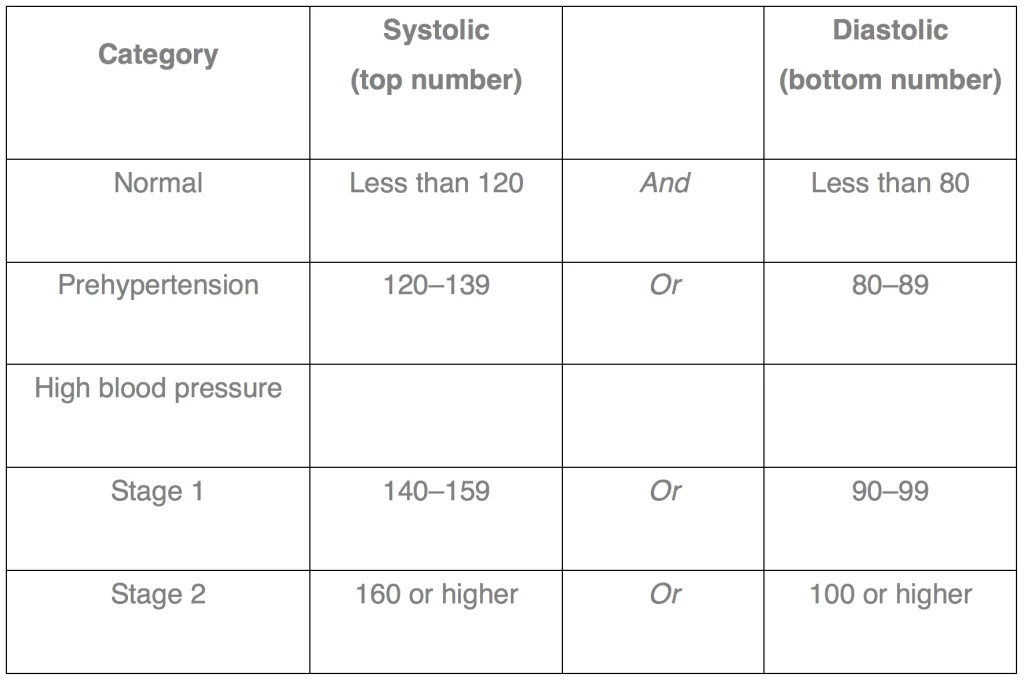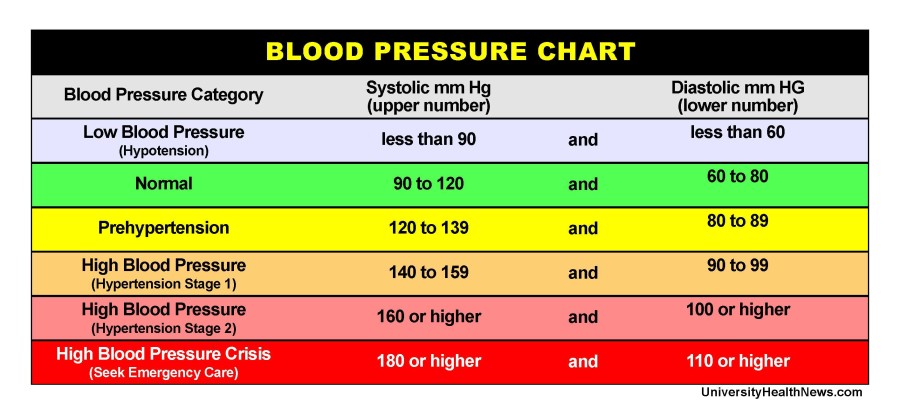
If your systolic blood pressure is 130 to 139 mm Hg or your diastolic blood pressure is 80 to 89 mm Hg, it’s considered stage 1 hypertension.

Your doctor can help you measure and track your blood pressure to confirm whether it’s too high. What determines the diagnosis of hypertension at any stage is the average of your blood pressure numbers over a period of time.

However, the AHA notes that if you get only one reading this high, you may not truly have stage 1 hypertension. your diastolic blood pressure is between 80 and 89 mm Hg.your systolic blood pressure is between 130 and 139 mm Hg, or.It can also be caused by a number of underlying conditions, including heart failure and dehydration.You may receive a diagnosis of stage 1 hypertension (the medical term for high blood pressure) if: Some medicines can cause low blood pressure as a side effect. You also risk damaging the blood vessels in your kidneys or eyes. Left untreated, high blood pressure can increase your risk of developing a number of serious long-term health conditions, including coronary heart disease. High blood pressure is often related to unhealthy lifestyle habits, such as smoking, drinking too much alcohol, being overweight and not exercising enough. low blood pressure is considered to be below 90/60mmHg.high blood pressure is considered to be 140/90mmHg or higher.ideal blood pressure is considered to be between 90/60mmHg and 120/80mmHg.diastolic pressure – the pressure when your heart rests between beatsįor example, if your blood pressure is "140 over 90" or 140/90mmHg, it means you have a systolic pressure of 140mmHg and a diastolic pressure of 90mmHg.



 0 kommentar(er)
0 kommentar(er)
